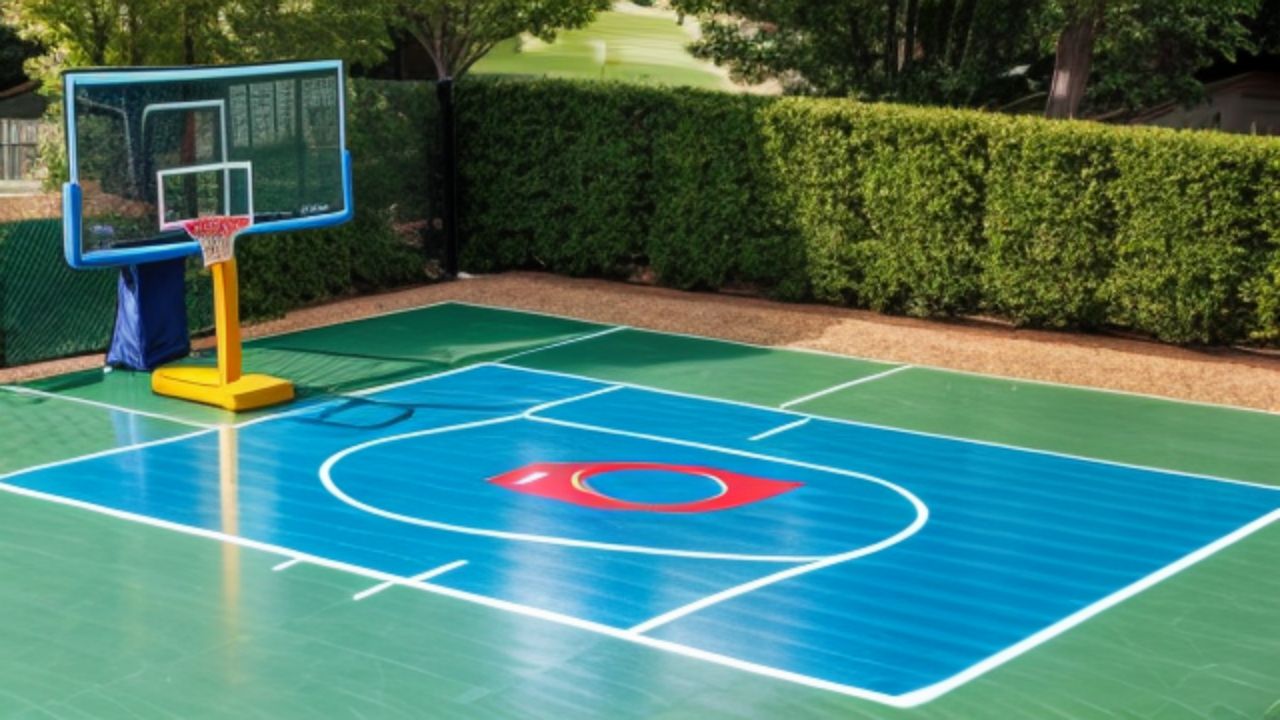In the realm of home recreation and fitness, there's a rising trend that's capturing the hearts of sports enthusiasts and homeowners alike - the custom backyard basketball court. Offering an invaluable outlet for family fun, regular exercise, and skill development, these courts are transforming backyards across the globe. In this comprehensive guide, we'll unravel the step-by-step process of bringing your dream court to life. Visit the https://backyardsportcourt.com/outdoor-sport-court/backyard-basketball-court/ to learn more.
Stage One: In-depth Planning and Preparation
Initiating your journey towards a backyard court requires thoughtful planning and meticulous preparation. Begin with assessing the available space in your backyard. While a half-court requires an approximate area of 30 feet by 50 feet, a full court would double this requirement. Clear the area of potential hindrances like slopes, trees, or overhead utility lines.
Crafting a budget is your next step. A basketball court's expense can fluctuate depending on factors such as court size, surface type, hoop, backboard, and additional fixtures. Prioritize essentials over luxuries to optimize your spending and ensure that your budget remains realistic and achievable.
Stage Two: Expert Surface Selection and Installation
Your court's surface is integral to gameplay, affecting factors such as player movement and ball bounce. Concrete and asphalt surfaces are the most popular choices.
Concrete, albeit pricier, provides a smoother, more consistent surface and demands professional installation to secure a level finish and to prevent cracking. Asphalt is more budget-friendly and simpler to install, albeit with a potentially less smooth finish.
Once you've decided on your surface material, seek the services of a reputable contractor to ensure professional installation. Remember, the surface must be smooth, flat, and slightly sloped for effective water drainage.
Stage Three: Precision in Hoop and Equipment Setup
Choosing the appropriate hoop and backboard can significantly impact your gameplay experience. In-ground and portable basketball systems are the two main options, with the former offering more stability and the latter greater flexibility.
As for backboards, tempered glass is the premium choice for its superior rebound, but it comes with a hefty price tag. Acrylic backboards are a less expensive alternative, delivering satisfactory performance at a reasonable cost.
Install your selected hoop and backboard accurately and securely, following the manufacturer's guidelines or engaging a professional if unsure.
Stage Four: Authentic Court Design and Markings
For an authentic basketball court feel, adding design and markings is essential. Use paint or adhesive tape to demarcate crucial areas such as the three-point line, free-throw line, and boundary lines. Adding a key or half-circle area can also provide your court with a professional aesthetic.
Stage Five: Diligent Maintenance and Safety Measures
Like any valuable asset, your backyard basketball court requires regular maintenance to preserve its quality. Regularly sweeping the court to eliminate debris that could cause scratches or slips is a good practice. Timely resealing or surface repair can prevent potential cracks.
Prioritize safety by investing in padding for poles, backboards, and court edges, minimizing the risk of injuries. Regular stability checks for the hoop and backboard are also essential.
Conclusion: Reaping the Rewards
Although the task of building a backyard basketball court might appear challenging at first, methodical planning, careful material selection, and attentive detail can bring this dream to fruition. In addition to the endless joy of having your personal playground, such an upgrade can also significantly enhance your property value. So gear up, gather your loved ones, and prepare for an exhilarating ride of basketball right in your backyard.

